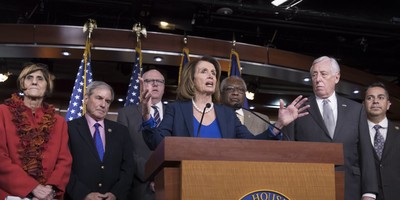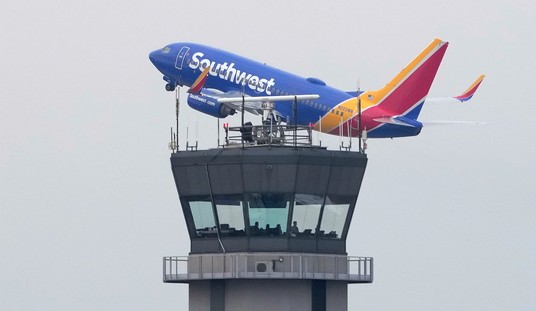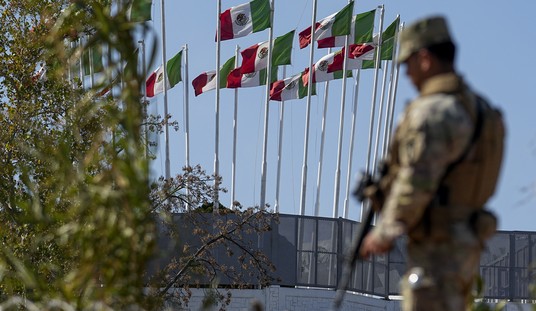“Back in my little town,” as the song goes, there is “nothing but the dead and dying.” Well, if you want to take the northeast section of Rochester, New York, once a neighborhood of plain, but well-kept, houses, as a little town of working class folks, many of them Displaced Persons, you could be singing this song.
Rochester was once a place of hope for DP’s who had spent years in unsanitary barracks of Austrian camps, working as day laborers on farms. Often, they spent more time in the same kind of work when they came to America, in tobacco or sugar cane fields. They were then grateful for jobs at the meat packing plant or the clothing factory. Some of them rose to supervisory positions at Kodak. They had been advised to keep their noses to the grindstone, stay out of politics; many of them never stopped looking over their shoulders, as they went to work and church. They bought houses in neighborhoods bordering on black neighborhoods or in black neighborhoods.
But then along came the rioters. These people, who had escaped communist regimes, now faced violence in their own American neighborhoods.
Their children carried a new fear with them, too. All they knew was that the Italian barber’s shop was broken into and that the patient, elderly Jewish corner store owner was roughed up by thugs. In school, they were told to have “understanding” for the “root causes” of such violence among the “underprivileged.” During elections they were given information about Democratic candidates, which all their teachers supported.
But if you’re like me and want to understand what happened when you were a kid, you go back to the records. You look up some of the old newspaper articles that you were too young to understand. You read about sniper fire from rooftops in Milwaukee. But among all the rhetoric coming from everything from letters to the editor claiming that such riots are ways to justifiably put the “white race on trial” to reports on Dr. Spock’s rationalizations for the violence, you learn that in the summer of 1967 Governor George Romney called for federal troops to Detroit to stop the rioters. It took them 23 hours to get there.
Recommended
A voice of sanity (then and now called the “token conservative”) on the editorial pages of the Rochester Democrat & Chronicle, David Lawrence, pointed out in an August 8, 1967, column, “Why Troops to Alabama and Not to Detroit?”, that troops were readily sent to protect civil rights demonstrators in Alabama, yet were held back as inner cities burned.
In an August 1, 1967, column about President Johnson’s speech on the riots that referenced “’the conditions that breed despair and violence” and “ignorance, discrimination, slums, poverty, disease, not enough jobs,’” Lawrence noted that on the same day college-educated Hubert G. (Rap) Brown, national chairman of the Student Nonviolent Coordinating Committee, addressed a rally in Washington, where he called on his listeners “to prepare for the ‘black revolution.’” Lawrence noted, “In commenting on the recent killing in Plainfield, N.J., of a white policeman who was shot, stabbed and beaten to death, Brown said this was a ‘beautiful’ example of black people controlling their community.” Lawrence asked why such inciters to violence had not been punished. At a time when even the Gannett Newspapers still published a Bible verse on their editorial pages, Lawrence noted that the President had called for a day of prayer but had not criticized the violation of the Commandments not to kill, steal, or covet, nor condemned the exhortations to violence.
For those who may have been suspicious of the Civil Rights Movement to begin with and of such ironically named groups as the Student Nonviolent Coordinating Committee, the riots confirmed their beliefs.
Yet, in 2008, forty-one years later, descendants of the 1960s utopians, remain true believers. In a guest editorial on May 19, a parent of a kindergartner at Franklin Montessori school (a new program at my riot-torn high school alma mater), Santosha Kuykendall, writes, “My daughter does worry primarily about the prospect of being kicked or insulted on the school bus. This worry complicates her school experience and has the potential to diminish her enthusiasm for school.”
But Kuykendall, who is white, writes in the same editorial, that as a result of attending this school, her daughter displays, “a curiosity about American society and government, and a belief in racial justice so profound that she skipped around and shouted for joy when she heard a news announcer declare Barak (sic) Obama the winner of a primary.”
Back in Atlanta, on May 21, I heard an interview with an historian born in 1969, Rick Perlstein, on NPR. In his new book, “Nixonland,” Perlstein attributes the polarization in American politics to President Nixon. Nixon’s 1968 political commercial slogan, “The first civil right is the right to be free from domestic violence,” is diagnosed as fear-mongering. But Perlstein notes that the Watts riots took place five days AFTER the passage of the Voting Rights Act and other affirmative laws like the Open Housing Act—that followed on the heels of the Civil Rights Act of 1964. But that people would demand an end to the rioting is seen by Perlstein as “backlash.” In other words, those who did not get with the program and support even higher taxes for such things as new public housing that was vandalized before it could even be completed were responsible for the political polarization we have today. Nixon, according to Perlstein, exploited their “fears and anxieties,” which in his estimation were irrational.
Over at the New Yorker, in an article in the May 26 edition, George Packer uses Perlstein’s new book as a launch pad into his own analysis titled “The Fall of Conservatism.” He travels to Inez, Kentucky, where Johnson declared his “war on poverty,” and quotes an unnamed “aging mine electrician” eating lunch at the Pigeon Roost Dairy Barn. I think he picks him out because he uses the word, “colored”:
“’He [Obama]’s Muslim isn’t he?’” (derisive shrieks as the double French vanilla cappuccinos are sprayed out) “’I won’t vote for a colored man. He’ll put too many coloreds in jobs. Colored are OK.—they’ve done well, good for them, look where they came from. But radical coloreds, no—like that Farrakhan, or that senator from New York, Rangel. There’d be riots in the streets, like the sixties.’”
“No speech, on race or elitism or anything else, would move them [such people],” Packer laments. Some just can’t be enlightened.
But I think that this “aging mine electrician” displays a lot more understanding of history than the self-satisfied Generation X “historian” on taxpayer-supported radio talking in those condescending tones I’ve heard too many times at academic conference panels on “social justice.” The mine electrician has a point: How much different is the recently deposed Obama spiritual advisor Reverend Jeremiah Wright from H. Rap Brown?
























Join the conversation as a VIP Member